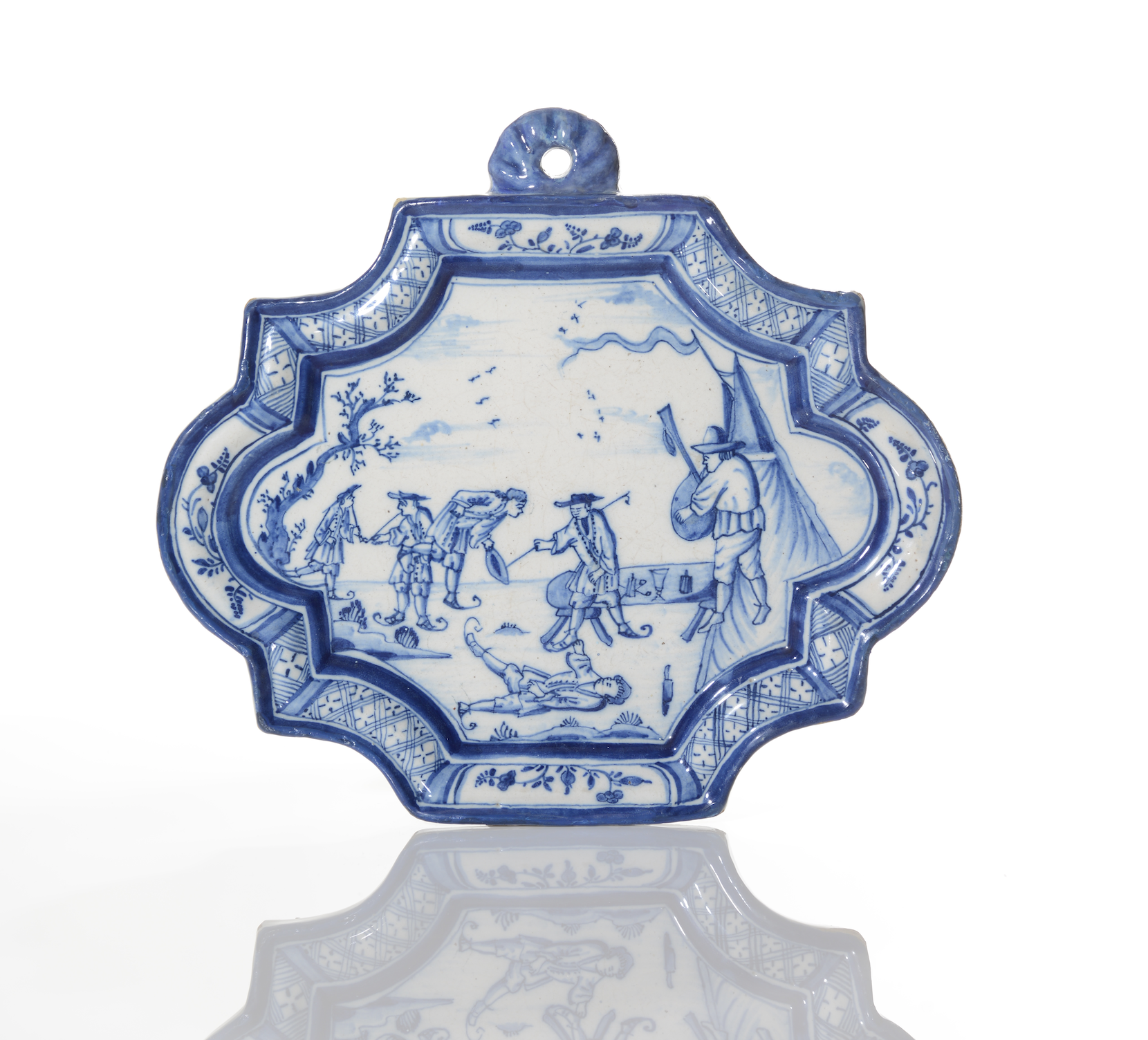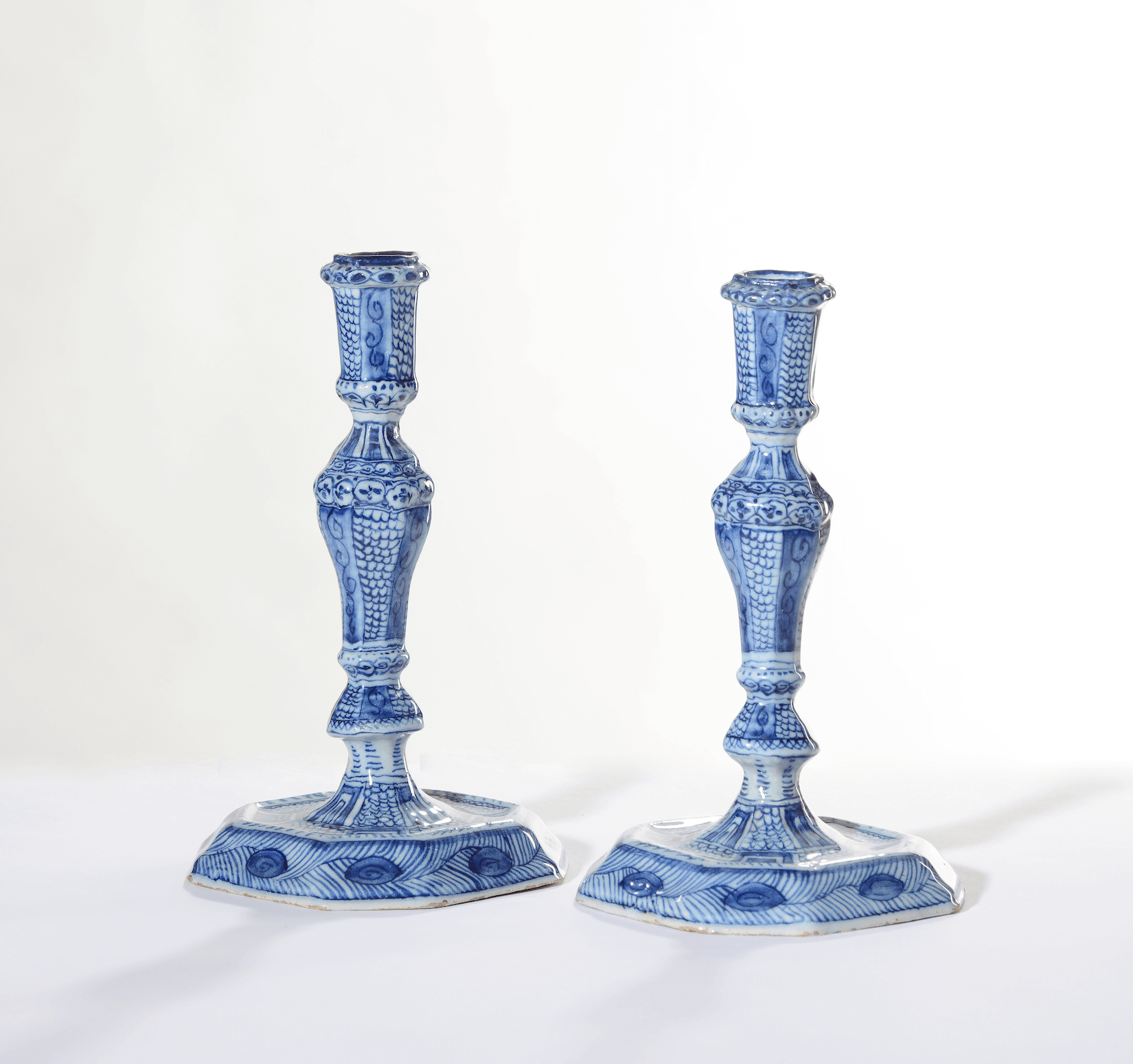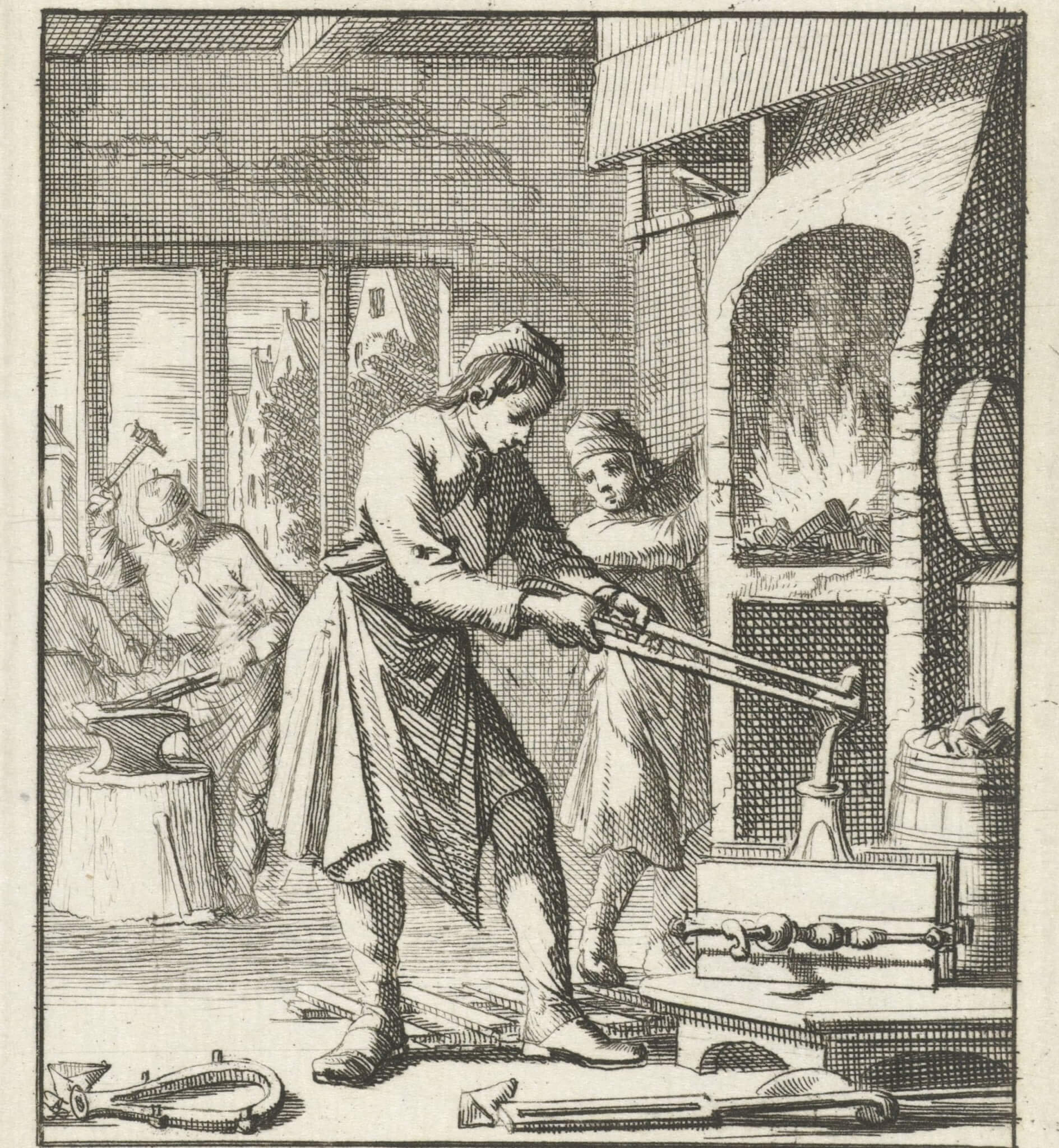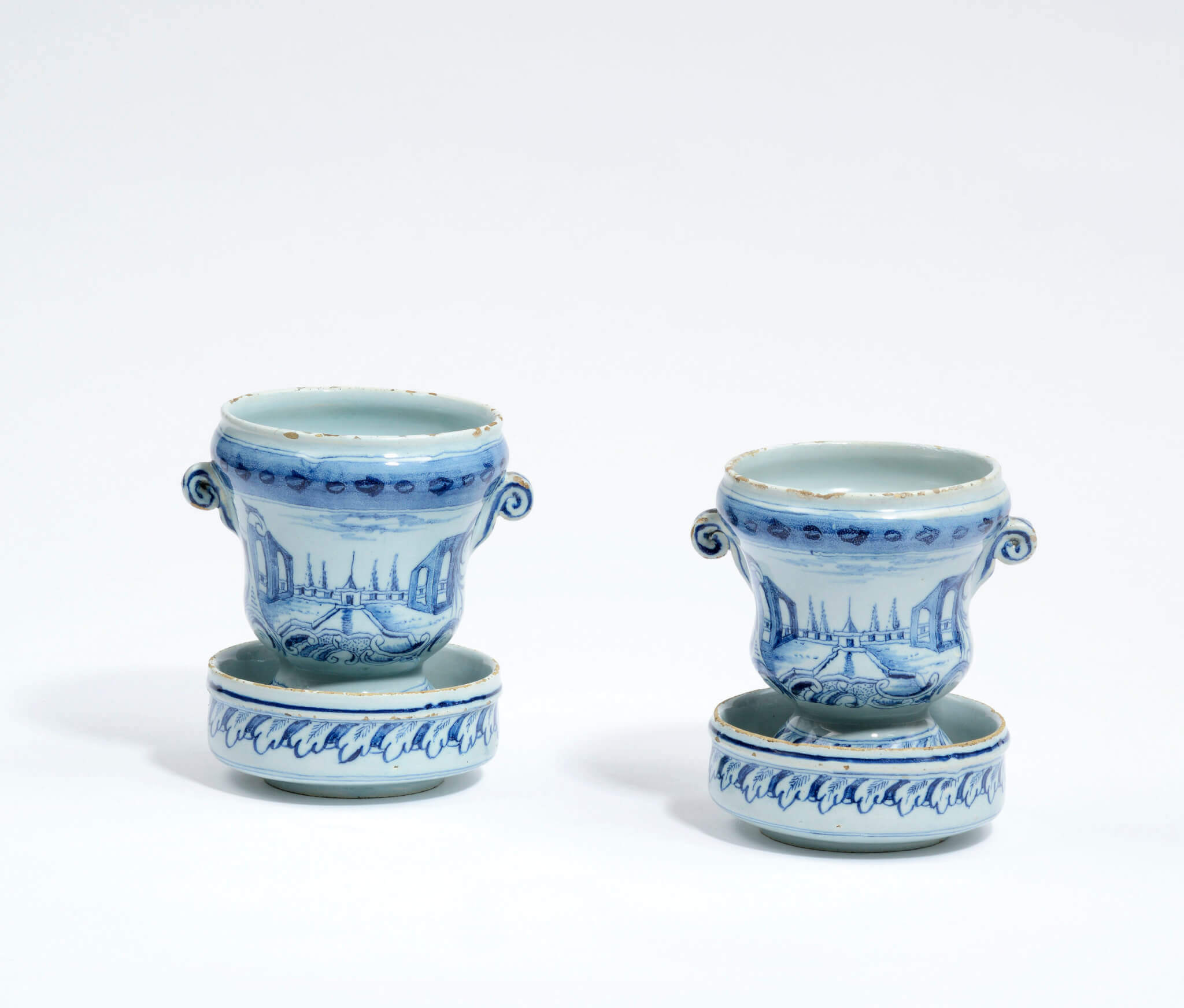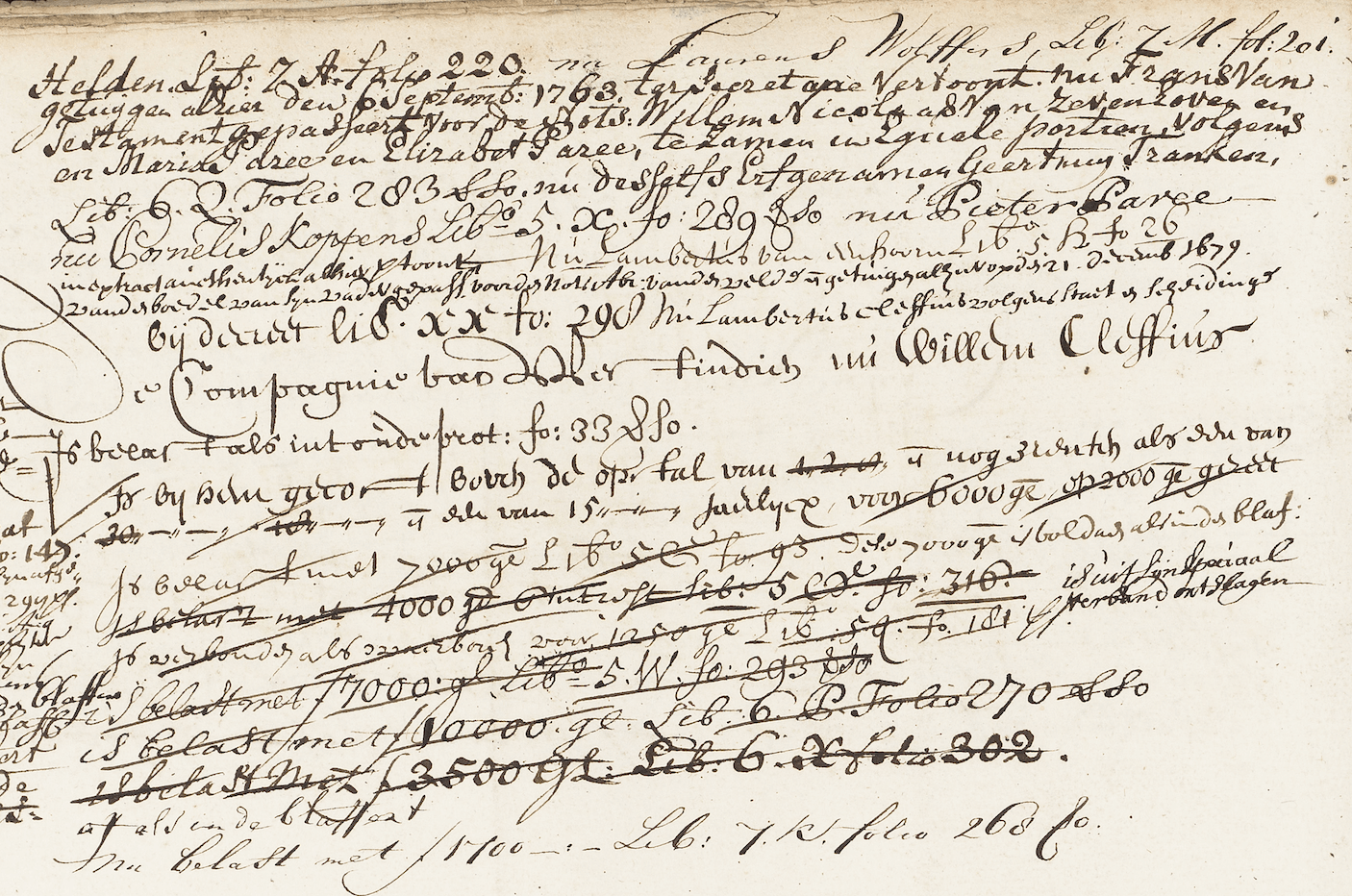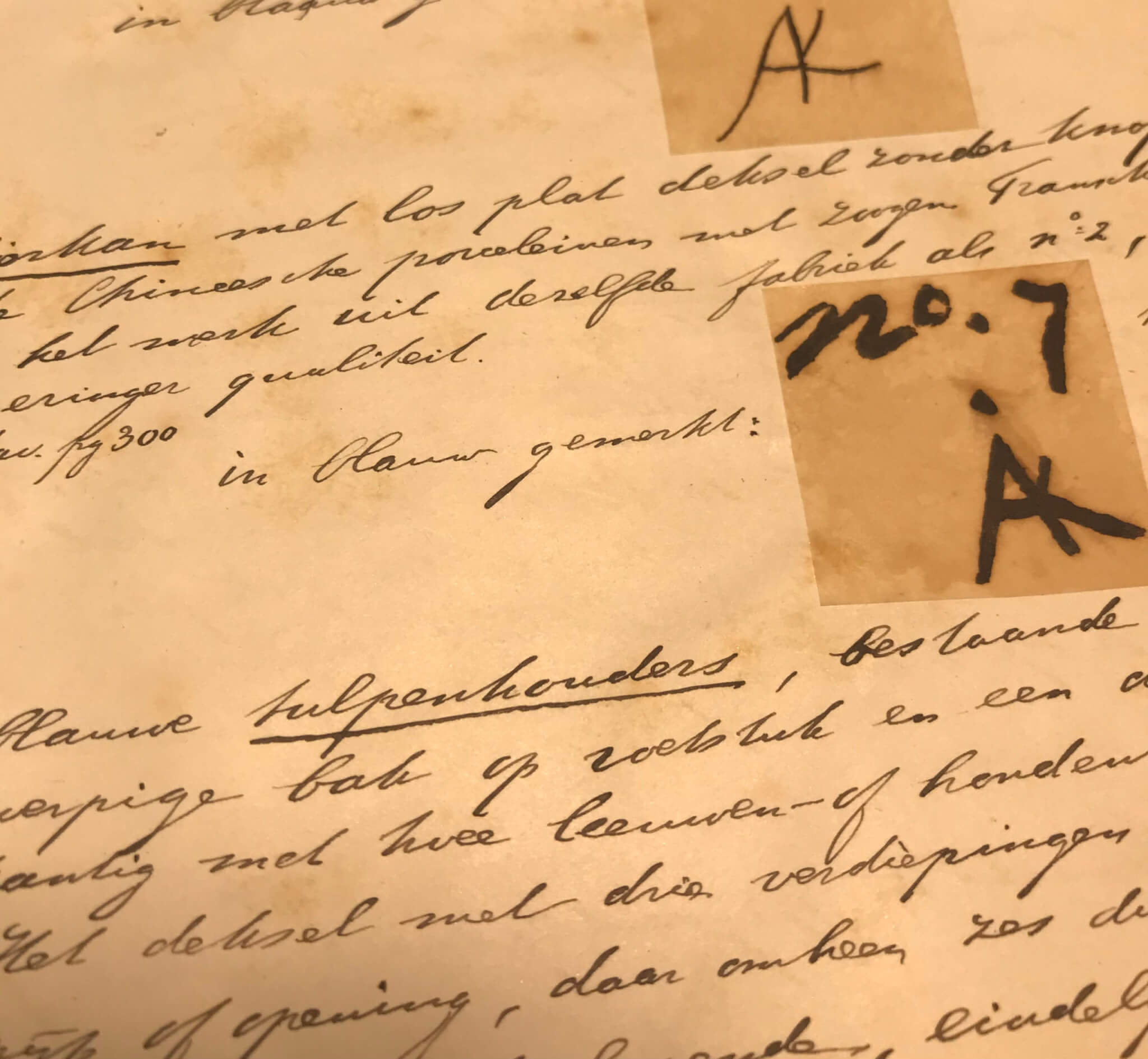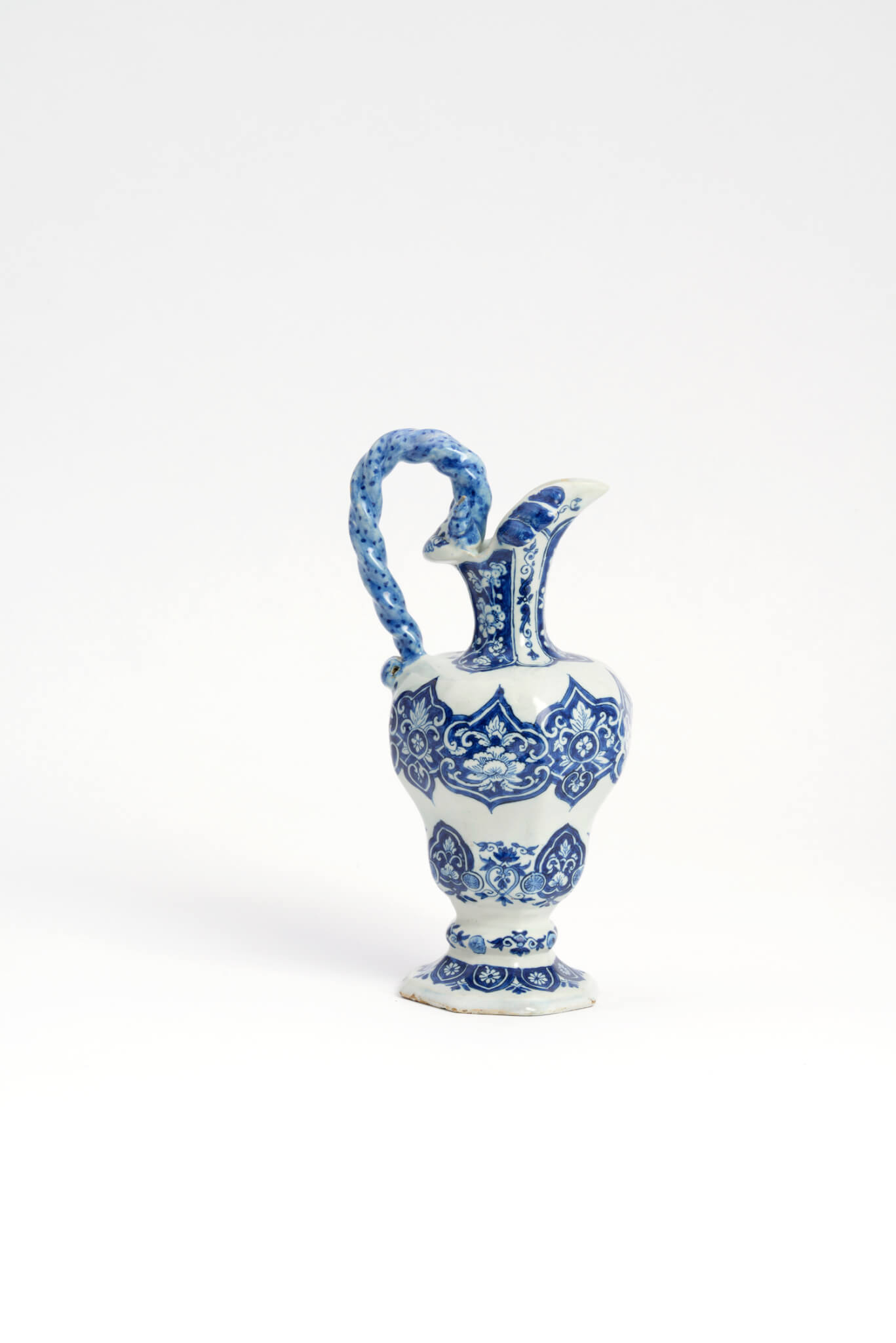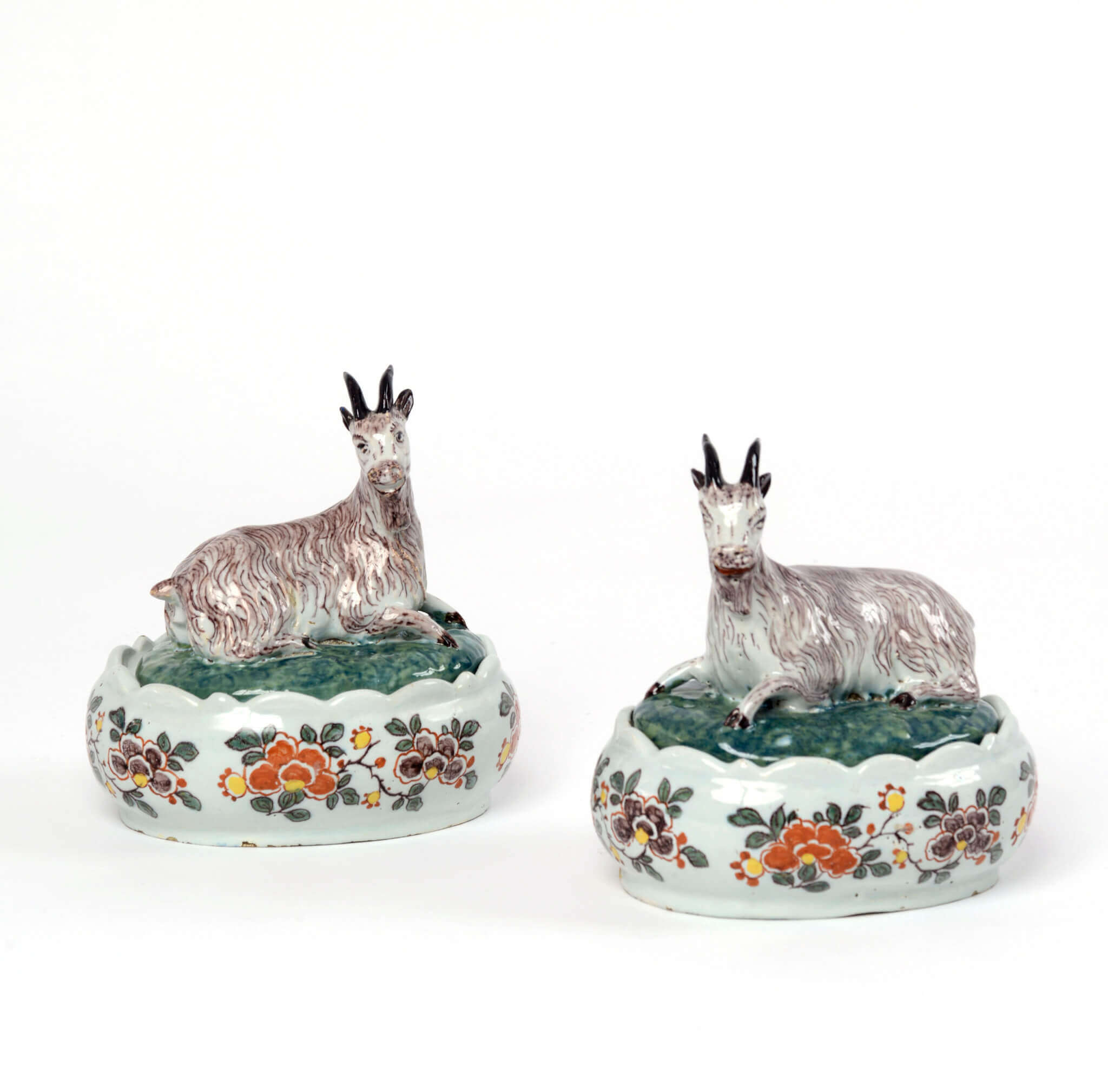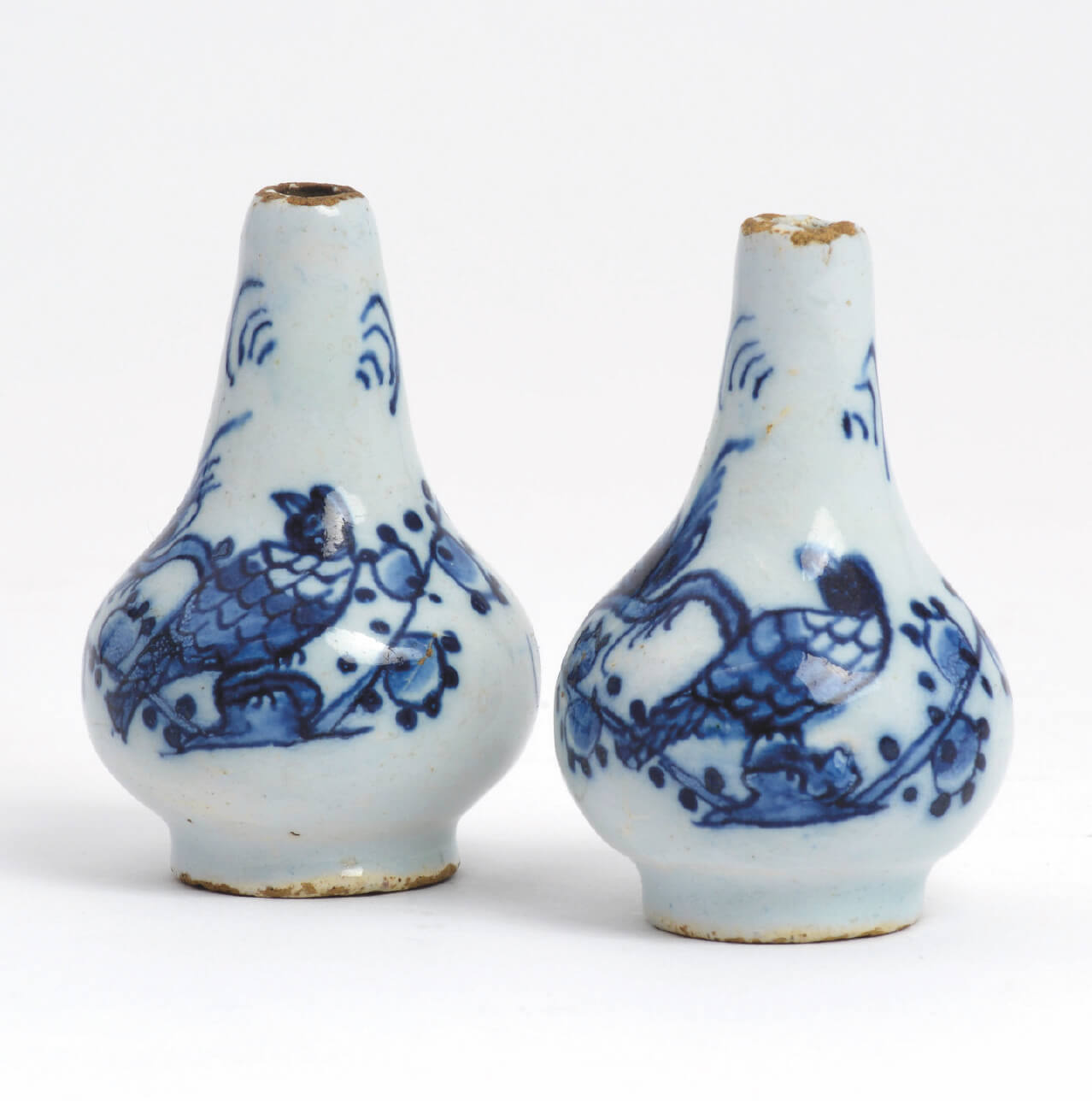Joy on the Ice on Delftware
Between 1550 and 1850, the Netherlands experienced exceptionally cold winters and relatively cool summers, a period in meteorological history known as the ‘Little Ice Age.’ The storms, freezing cold, ice and snow of these Dutch winters lent themselves to enchanting and atmospheric scenes often portrayed in seventeenth-century paintings. These joyful scenes of snow and ice…

